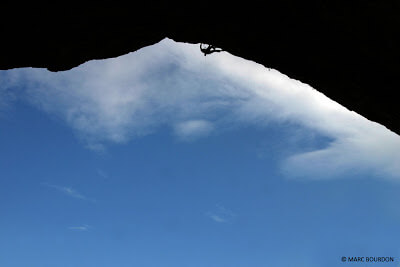
The Cliffs: The guidebook contains over twenty cliffs, and at least four major cave venues, much like Rifle, Colorado. Most styles of climbing are well represented ranging from the “leave-your-rope-in-the-car” boulder routes of the Ali Baba cave to the 40m endurance testpieces of the Gran Boveda. Although the area really seems to shine in the 7a to 8b+ range, there are many cliffs that host quality routes in the 5th and 6th grades, with El Camino being the most popular (30 routes from 6a to 7b). We literally saw hundreds of novice to intermediate climbers enjoying the area during our stay.
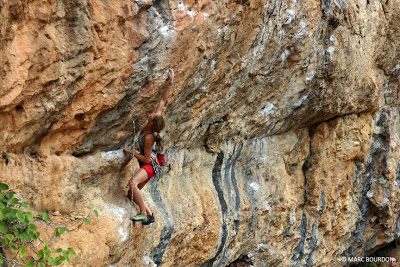
The Rock: The climbs are typically long, physical and usually involve thought provoking cruxes to keep the on-sighting real. Expect blocky holds, incut edges and lots and lots of tufa pinching. The footholds are starting to polish on some of the most popular cliffs, but since most of the holds are quite positive, it’s not that big a problem. I usually adapt to the rock in new areas quite quickly, but it took me a little longer than usual to hit my stride in Rodellar. Come prepared!
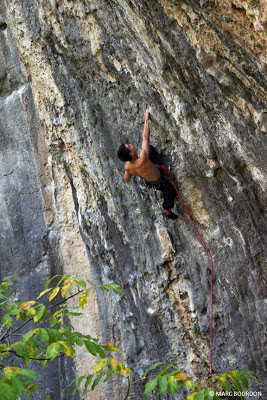
Season: Likely the best time to visit is from mid-September to mid-November. Since many of the best walls bulge with black tufas, seepage can be a real problem, especially in winter and spring. Summers are quite hot (although very popular with vacationers) and winters are quite cold, if not unclimbable, as the area is at moderate elevation (snow is not uncommon). If you do encounter rain or seepage in the fall, consider moving to Alquezar or the amazing Bruixes at Teradettes. The rock at both areas dries much faster after rain.
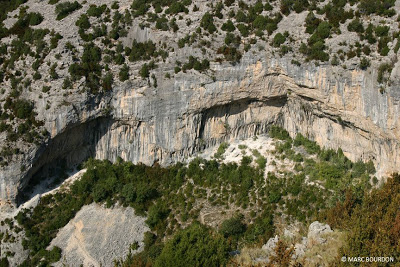
Logistics: The area is about a three hour drive from Barcelona, but the nearest airport is in Zarragosa, about 1.5 hours away. Plan to stay in or near the village of Rodellar as the drive up from the main highway is 40 minutes of exhausting mountain driving. We stayed in Las Almunias (4 km away) at Casa Tejador which rents fully contained apartments as comfortable as you’d ever want. The campground El Puente also rents small bungalows and has a very friendly staff, free laptop internet connections and a comfy bar to hang at. Stock up on groceries before making the drive to the gorge as local supplies are limited.
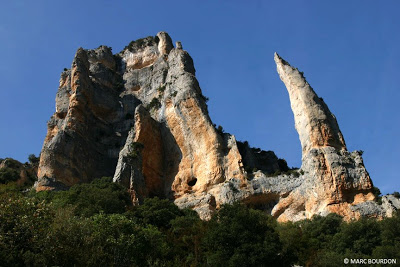
Rest Days: The area has amazing scenery and some great hiking through deep gorges and abandoned villages. The flora and fauna is interesting and unique so bring your camera. If you don’t mind driving, the cities of Heusca and Barabastro are both about one hour away and provide all kinds of sightseeing opportunities. This area has a lot of history and many great castle ruins so get out and explore! Worth noting is that the gorges in Rodellar were famous for canyoneering long before climbing so if you are feeling adventurous, hire a guide and check out this popular European sport.
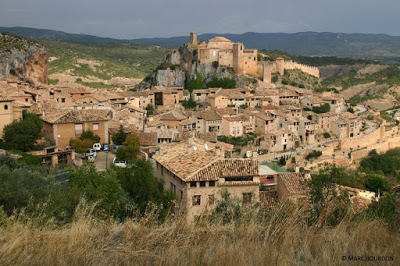
For steep tufa pulling, Rodellar is hard to beat and I’d highly recommend it to most climbers. Enjoy…
Marc Bourdon – Canadian Team Member
